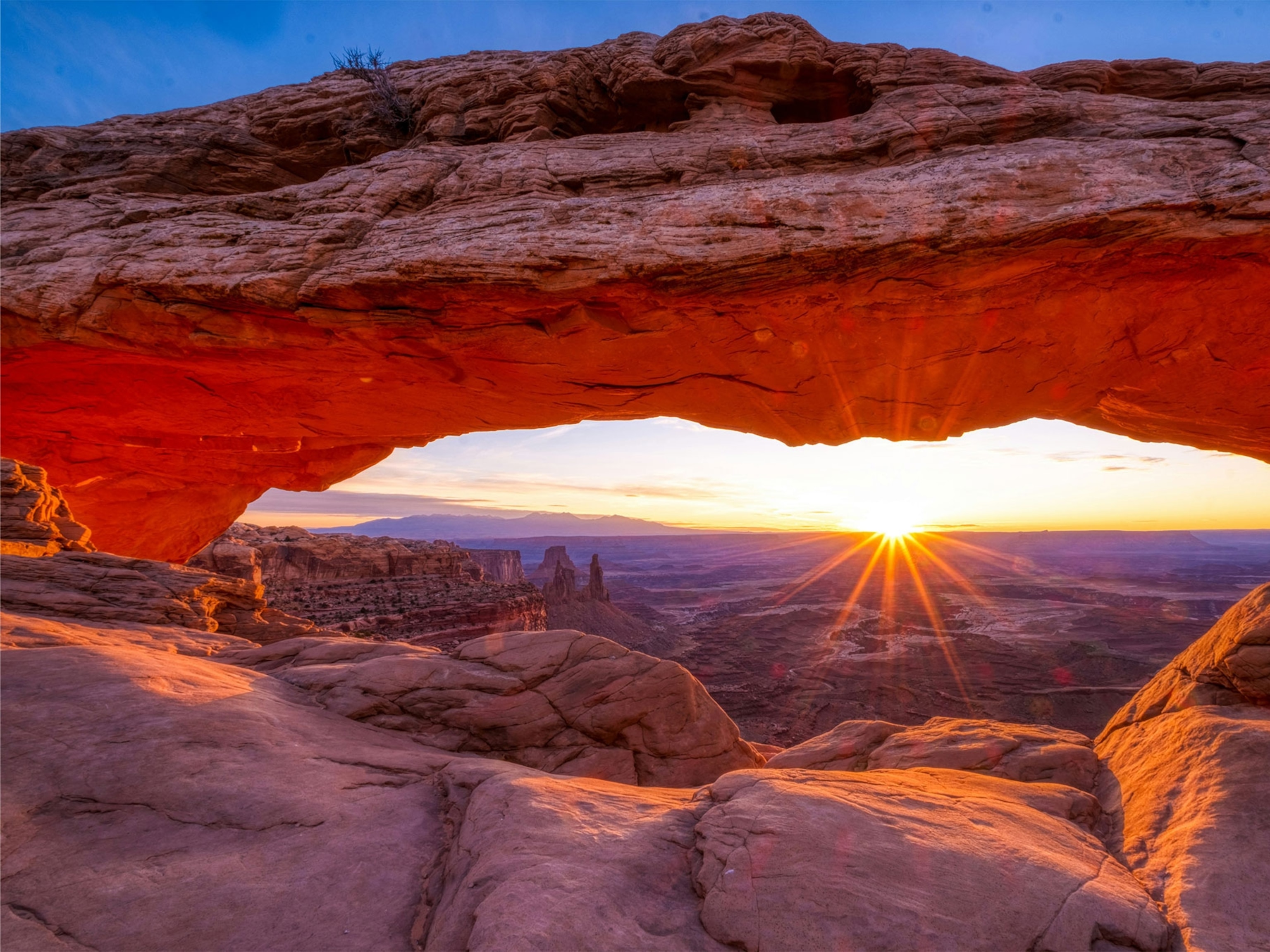
Explore otherworldly realms in this national park
Whittled by water into slot canyons and rock cliffs, Utah’s Zion National Park is an adventurer’s paradise. Here’s how to visit.
Located in southwestern Utah, Zion’s water-carved canyons, mesas, and rock formations are so astounding they were among the earliest additions to the U.S. National Park System, with President William Howard Taft setting aside some 15,000 acres in 1909. Originally called Mukuntuweap National Monument, it was later renamed and expanded. A few hours’ drive from Las Vegas, the popular park now draws millions of visitors each year.
Sheer magic
Adventurers seeking otherworldly realms should aim their sights on a slot canyon called the Subway. Getting to this permit-required wonder is half the fun (and challenge). There are two ways: by hiking nine miles round-trip or by canyoneering, a mix of hiking, rappelling, and other activities. For this image, photographer Josh Hydeman did the latter. “By the time we got there, it was late in the day,” he says. “The canyon looked like a cave. There was a meeting of light and color and moment and beauty.”

Low and wet to high and dry
Zion is “riddled with narrow, dark, beautiful canyons filled with water,” says Hydeman. One of the best examples is the Narrows, a favorite of hikers who are prepared to get wet. For other visitors, the park offers wheelchair-accessible trails, wildlife-watching, and stargazing. Rock climbers test their mettle on some of the tallest sandstone cliffs in the world. While ascending, they can also track sightings of bats, helping scientists to protect these keystone species.
(Hiking a desert park? Here’s how to help preserve the landscape.)
The keepers
Water not only sculpted the terrain but, starting over 10,000 years ago, helped lure humans—the Fremont, ancestral Puebloan, and Archaic peoples. Some carved images on the walls and made their homes in the cliffs. Arriving no later than the 13th century, the Southern Paiute called this area Mukuntuweap, or “like a straight arrow.” Settler encroachment forced them out, but new generations have returned to gather together and honor the land. The park’s Human History Museum tells their stories.
Every pilgrimage to the desert is a pilgrimage to the self. There is no place to hide, and so we are found.
Terry Tempest Williams, author
By the numbers
80: Permits released per day for the Subway slot canyon, shown above
10,000: Age, in years, of earliest known human artifacts found in Zion
148,732: Size of the park, in acres
Norie Quintos is an editor at large for National Geographic Travel. Follow her on Twitter. See cave and landscape photographer Josh Hydeman’s adventures on Instagram.
This story appears in the June 2021 issue of National Geographic magazine.




